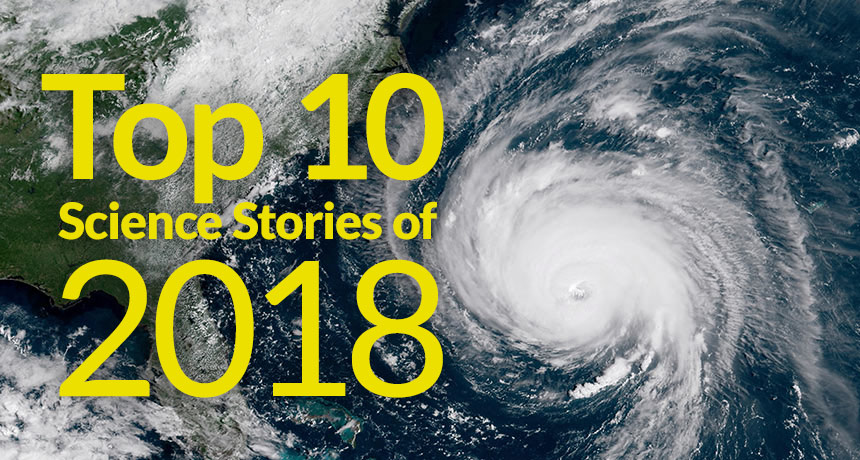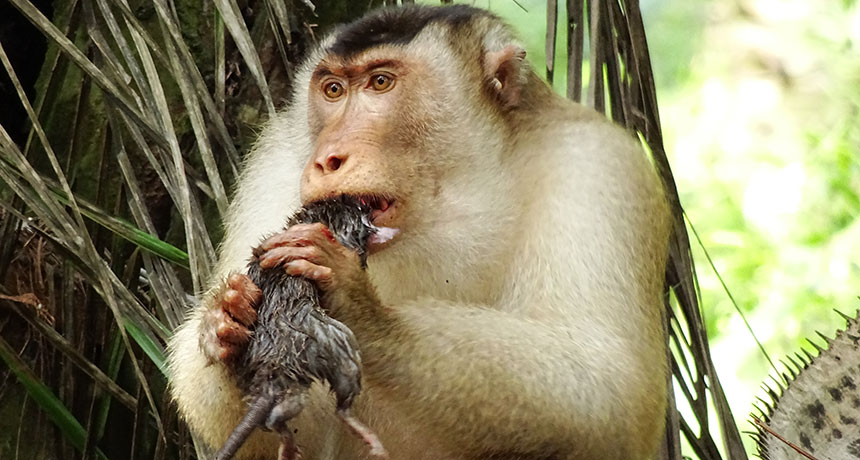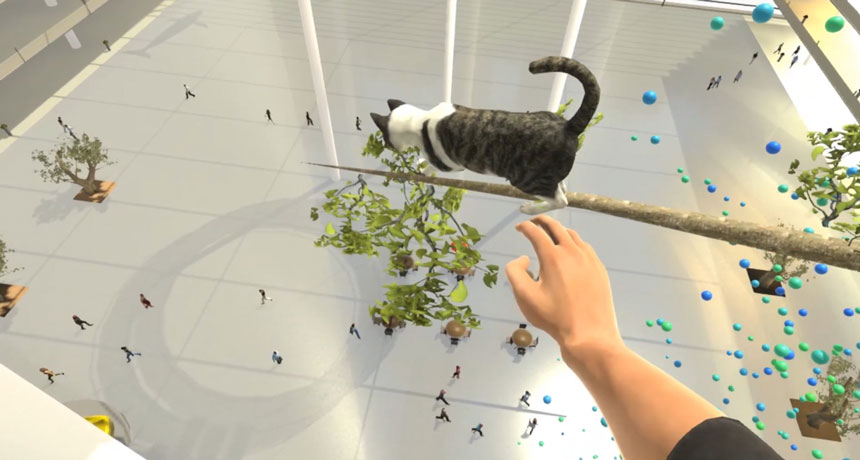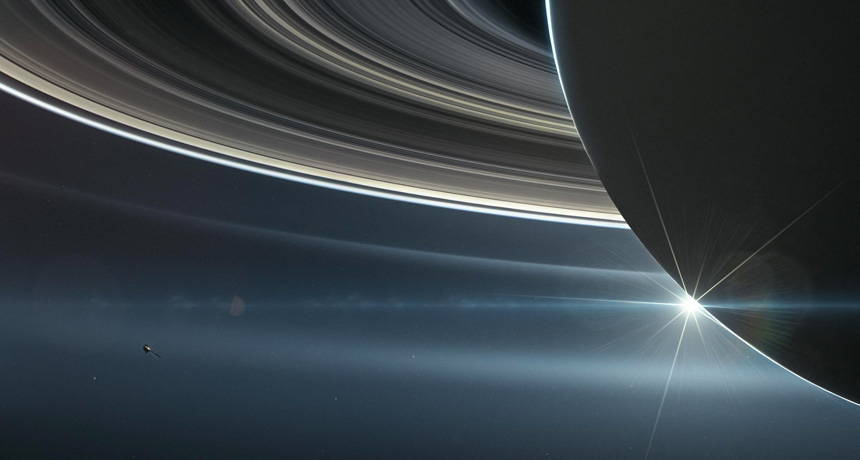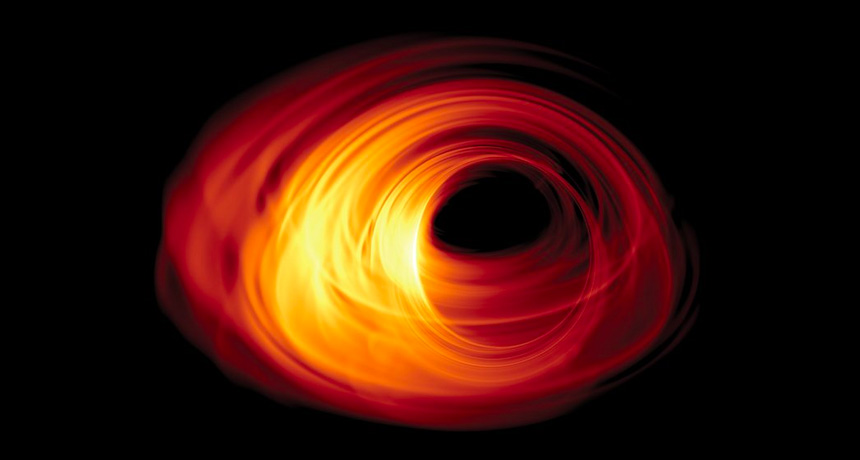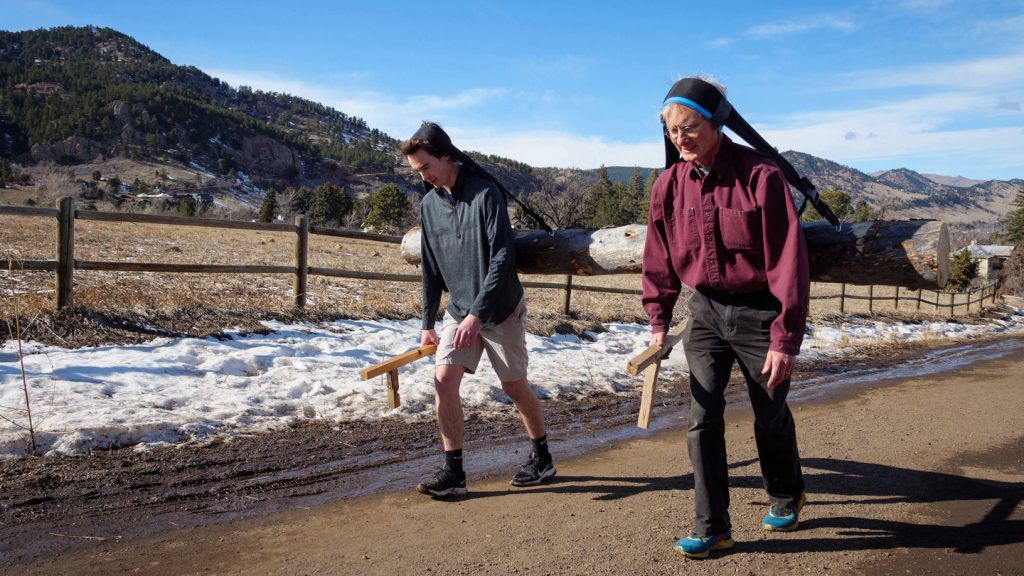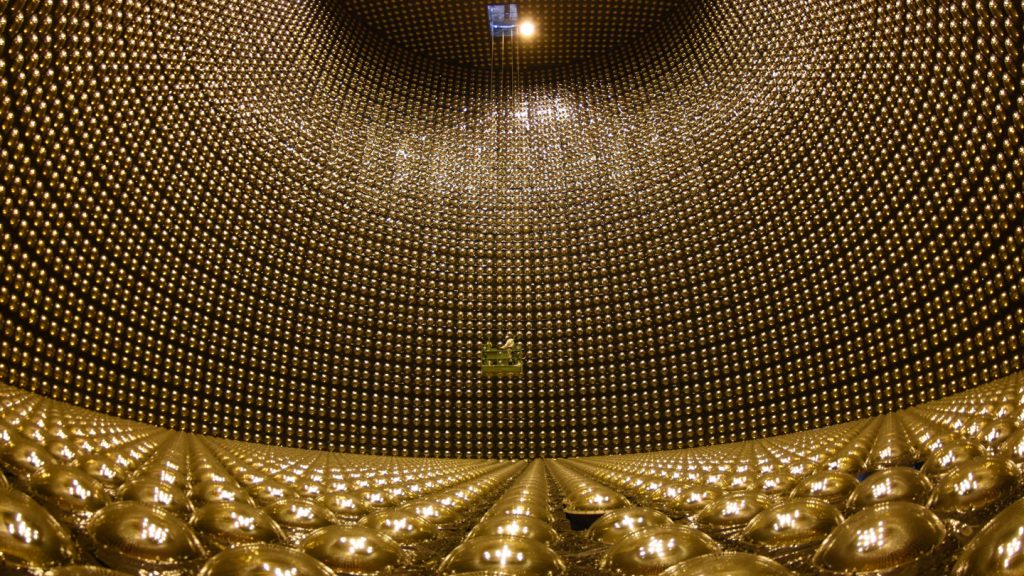Earth’s inner core may be more complex than researchers thought
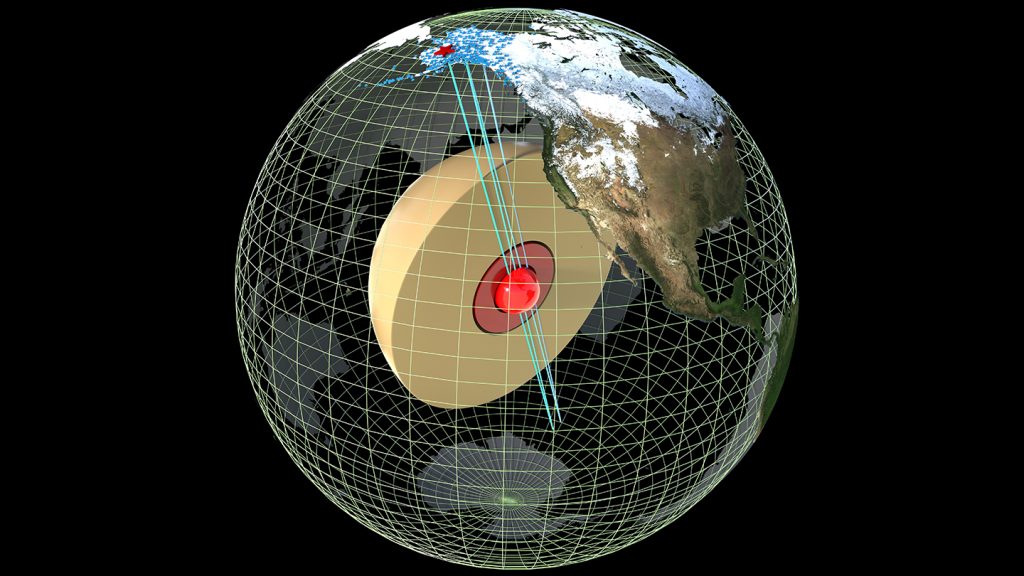
Earth’s heart may have a secret chamber. The planet’s inner core isn’t just a solid ball of nickel and iron, researchers say, but contains two layers of its own: a distinct central region nestled within an outer shell.
Scientists say they have confirmed the existence of this innermost inner core using a type of previously undescribed seismic wave that not only travels through Earth’s core but also bounces back and forth through the interior, collecting invaluable data about the core’s structure along the way.
Focusing on earthquakes of magnitude 6 or larger that struck in the last decade, the researchers combined data on these quakes that were collected at seismic stations around the world. Combining these signals made it possible to detect even very faint reflections of the seismic waves. Of the 200 or so quakes analyzed, 16 events spawned seismic waves that detectably bounced through the inner core multiple times.
The origin, structure and fate of Earth’s core is of intense interest because the core generates the planet’s magnetic field, which shields the Earth from charged particles ejected by the sun and helps keep the planet’s denizens safe from too much radiation.
“Understanding how the magnetic field evolves is extremely important for the life on Earth’s surface,” says Hrvoje Tkalčić, a seismologist at the Australian National University in Canberra.
The entire core, about 6,600 kilometers across, consists of two main parts: a liquid outer core and a solid inner core (SN: 1/23/23). As iron-rich fluid circulates in the outer core, some of the material cools and crystallizes, sinking to form a solid center. That interplay generates Earth’s magnetic field.
When this swirling dance first began isn’t certain, but some studies suggest it was as recent as 565 million years ago, just a fraction of Earth’s 4.6-billion-year-long life span (SN: 1/28/19). That dance has faltered from time to time, its stuttering steps preserved in tiny magnetic grains in rocks. These data suggest the planet’s magnetic poles have flip-flopped many times over the years, temporarily weakening the magnetic field (SN: 2/18/21). As more and more crystals cool, the dance will eventually slow and stop, shutting off the planet’s magnetic field millions or billions of years from now.
Different types and structures of minerals, as well as different amounts of liquid in the subsurface, can change the speed of seismic waves traveling through Earth, offering clues to the makeup of the interior. In 2002, researchers noted that seismic waves traveling through the innermost part of Earth move slightly slower in one direction relative to the planet’s poles than in other directions. That suggests there’s some oddity there — a difference in crystal structure, perhaps. That hidden heart, the team suggested, might be a kind of fossil: a long-preserved remnant of the core’s early formation.
Since that observation, Tkalčić and others have pored over seismic data, finding independent lines of evidence that help support the idea of an innermost inner core. The reverberating seismic waves, described February 21 in Nature Communications, also show a slowdown, and are the strongest evidence yet that this hidden heart exists.
Using that seismic data, Tkalčić and seismologist Thanh-Son Phạm, also of the Australian National University, estimate that this inner heart is roughly 600 kilometers across, or about half the diameter of the full inner core. And the pair was able to assess the direction of the slowest waves at about 50 degrees relative to the Earth’s rotation axis, providing more insight into the region.
The exact source of the wave slowdown isn’t clear, Tkalčić says. The phenomenon might be related to the structure of the iron crystals, which may be packed together differently farther into the center. Or it could be from a different crystal alignment caused by some long-ago global event that changed how inner core crystals solidified out of the outer core.
The inner core holds many other mysteries too. Lighter elements present in small amounts in the core — hydrogen, carbon, oxygen — may flow around the solid iron in a liquidlike “superionic” state, further complicating the seismic picture (SN: 2/9/22).
By identifying and reporting seismic waves that bounced back and forth through the planet’s interior multiple times, the researchers have made an invaluable contribution that will help researchers study the core in new ways, says seismologist Paul Richards of Columbia University’s Lamont-Doherty Earth Observatory in Palisades, N.Y.
Still, the team’s interpretation of the inner core’s structure from those waves “is probably more iffy,” says Richards, who wasn’t involved in the work.
One reason for this uncertainty is that as the waves bounce back and forth, they can become weaker and more difficult to see in the data, he says. “Many further observations will help decide” what these new data can reveal about the heart of the planet.
